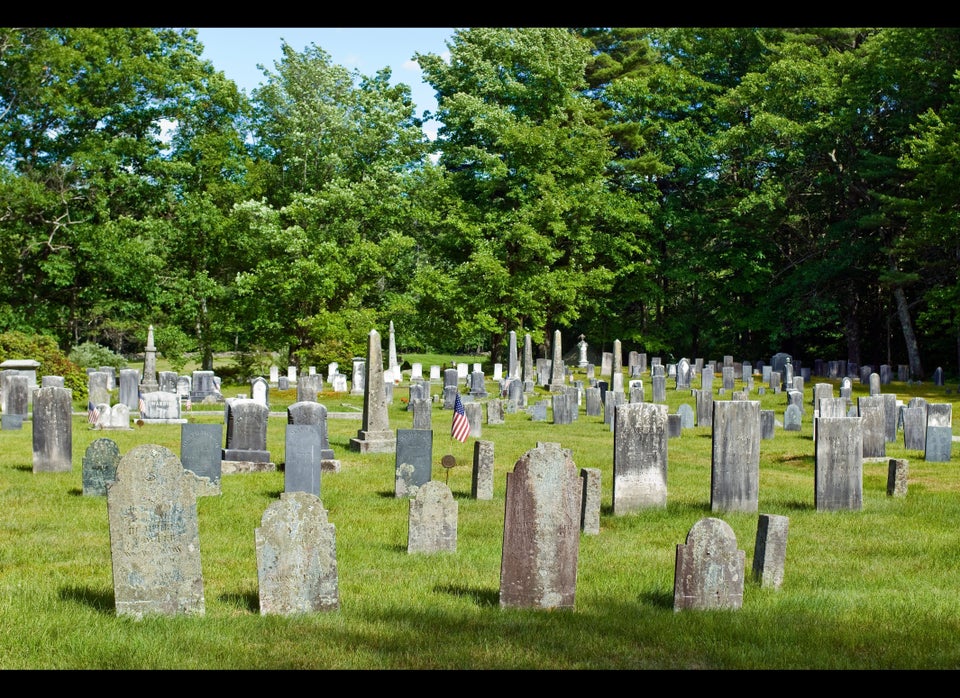Burial and cremation are the most common ways we dispose of the dead, but while these methods are steeped in tradition, they're far from environmentally friendly. Embalming bodies requires cancer-causing chemicals like formaldehyde, glutaraldehyde and phenol -- in fact, every year in the U.S. we bury 827,060 gallons of embalming fluid. Plus, caskets are often made from mined metals, toxic plastic or endangered wood. U.S. cemeteries use 30 million board feet of hardwoods, 180,544,000 pounds of steel and 5,400,000 pounds of copper and bronze annually. Casket burials also prevent a corpse from decomposing efficiently, and this slow rotting process favors sulfur-loving bacteria, which can harm nearby water sources.
Cremation may seem like a greener alternative, but the process requires a lot of energy and creates air pollution. While new burners and filters have made cremation more efficient and less-polluting, crematoriums still release chemicals like dioxin, carbon dioxide and mercury into the atmosphere, and the energy used to cremate one body is equivalent to driving 4,800 miles.
Not only is greening your burial good for the planet, but it's also easy on the wallet. The average funeral costs $6,000, but you can cut back on a lot of funeral expenses and save serious green if you opt for some of these eco-friendly choices. So if you want to be as green in death as you are in life, check out these eco-friendly burial options.
Advertisement
Also on MNN:
